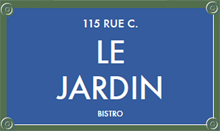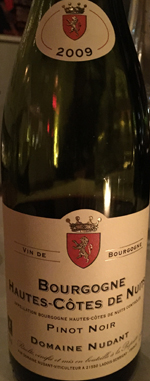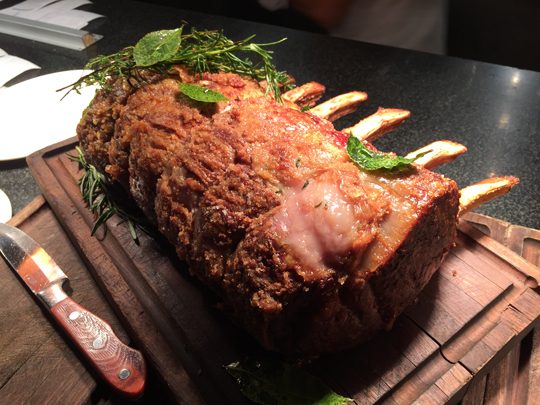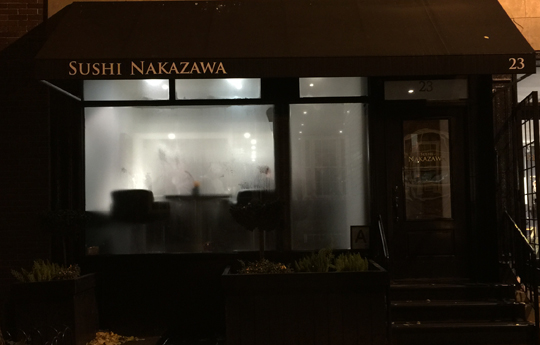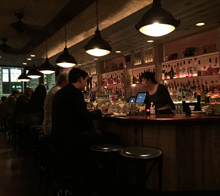The Clam
 Tuesday, December 30, 2014 at 01:12PM
Tuesday, December 30, 2014 at 01:12PM 

 When Gabe Stulman and Joey Campanaro opened The Little Owl in 2006, they surely never imagined the multitude of restaurants such an unassuming little place would beget.
When Gabe Stulman and Joey Campanaro opened The Little Owl in 2006, they surely never imagined the multitude of restaurants such an unassuming little place would beget.
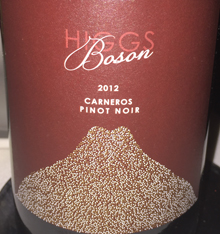 Anywhere in the Village, you’re never more than about five minutes away from one or another of their properties, all somewhat resembling each other in their commitment to straightforward, rustic, gut-busting cuisine, served in casual, comfortable dining rooms that appeal to a neighborhood crowd.
Anywhere in the Village, you’re never more than about five minutes away from one or another of their properties, all somewhat resembling each other in their commitment to straightforward, rustic, gut-busting cuisine, served in casual, comfortable dining rooms that appeal to a neighborhood crowd.
They’re actually not partners anymore. The pair split up in 2008, with Stulman starting up his “Little Wisco” empire, Campanaro retaining The Little Owl and their second restaurant together, Market Table. But you’d hardly know they ever disagreed, given the similarity of the restaurants they now operate separately.
Stulman is up to six restaurants. Campanaro has been slower to expand, opening The Clam, his third, earlier this year with his Market Table partner, chef Mikey Price. You’ll get no prizes for guessing the concept: it’s a seafooder, with the menu relying heavily on a certain bivalve mollusc.
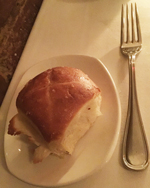 They’ve got a terrific location, a spacious corner lot with broad, picture windows and the de rigeur exposed brick that no downtown restaurant can do without. Yet, there are white tablecloths, previously thought to be the kiss of death at a neighborhood spot, and—shock!—no one seems to mind. The restaurant has been solidly booked at prime times. It took me almost eleven months to get a reservation.
They’ve got a terrific location, a spacious corner lot with broad, picture windows and the de rigeur exposed brick that no downtown restaurant can do without. Yet, there are white tablecloths, previously thought to be the kiss of death at a neighborhood spot, and—shock!—no one seems to mind. The restaurant has been solidly booked at prime times. It took me almost eleven months to get a reservation.
No matter what, you’re probably going to be eating seafood here. A couple of the entrées are sops to landlubbers (a half Bell & Evans chicken; a braised shortrib), but to choose these is to miss the entire point of the restaurant. Whatever you order, you’ll start with one of the terrific warm parkerhouse rolls (above right).
The menu is in five confusing sections: “iced delicacies” (what most people call a raw bar), appetizers ($13–19), entrées ($25–31), side dishes (“eight dollars each”), and then the perplexing part: “house specialties” ($13–24), not clearly delineated as starters or mains, linked only by the fact that they’re all made with clams.


